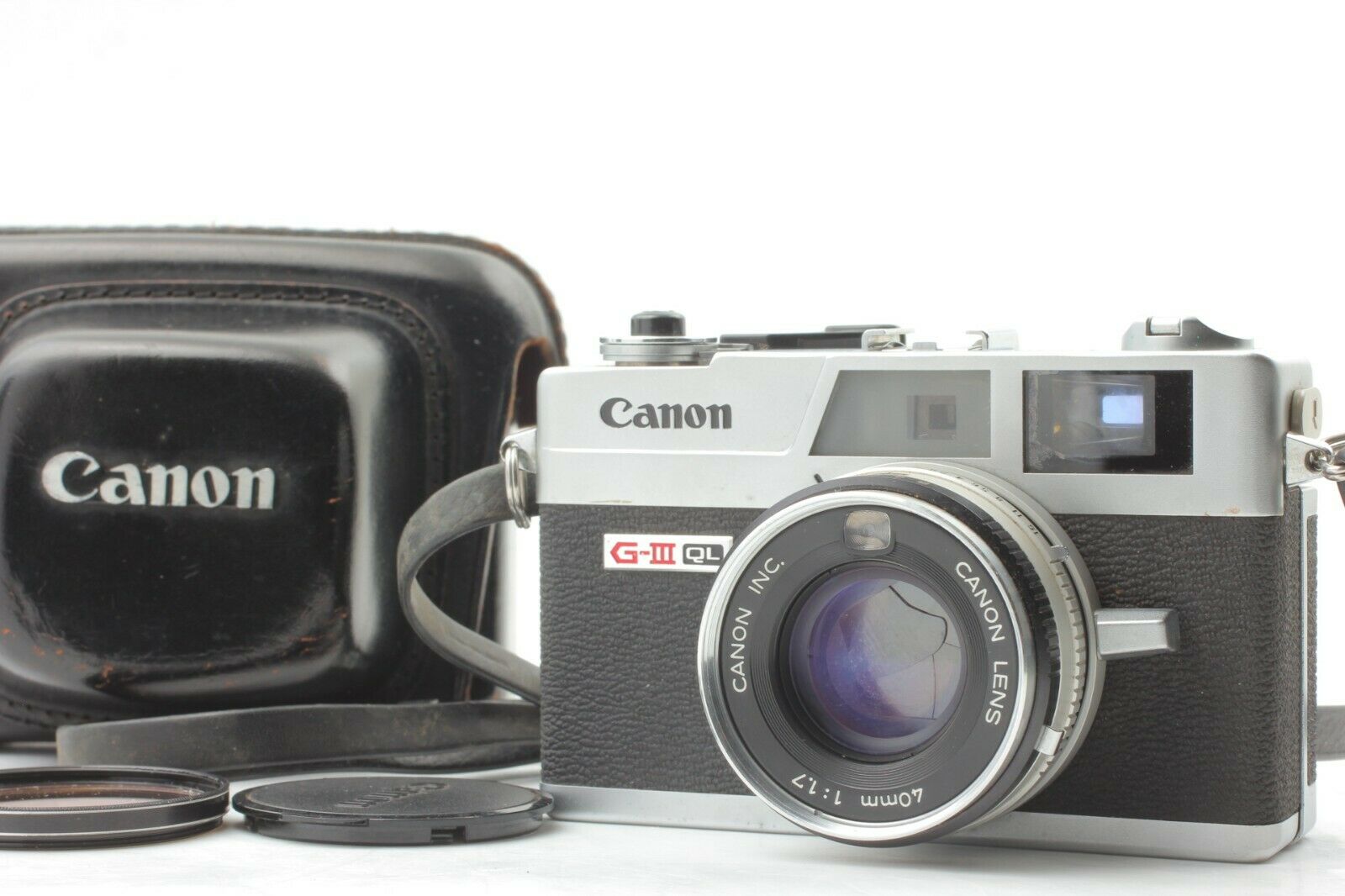

And if you’ve never had the opportunity to photograph with Fujifilm medium format, head over to Lensrentals and rent it for the weekend.Accessory range finders are small optical devices that use the distance between two lenses to determine the distance to an object. If you’re ready to buy the GFX50s II, you can pick it up for $3,199. Let’s hope they have a successor on the way. Sadly, Fujifilm discontinued the GFX50r in 2021. It ultimately comes down to what you want. They are ideal for fashion, photojournalism, portraiture, landscapes, travel, commercial, and street photography. If you are a fan of Fujifilm and are looking to buy into 50mp medium format, both cameras are excellent options. I also created some of my all-time favorite work with the Fujifilm GFX50s II. It would be more comfortable to photograph with on long, demanding studio days. The Fujifilm GFX50s II is more compact and has a better grip.

#RANGE FINDER CAMERA MANUAL#
Why didn’t they include a manual ISO dial on the top panel? I would also love to see the manufacturer commit to a complete rangefinder design with no extra command dials. I’d love to see an updated processor in line with the GFX100s. As great as the GFX50r is, it’s missing a few things for me to invest in it. If I were buying a Fujifilm medium format camera, I would ultimately prefer the rangefinder design. Fujifilm GFX50r Fujifilm GFX50s II Fujifilm GFX50r Or Fujifilm GFX50s II? From this, you can make a decision for yourself. So we have a section in our Extra Image Samples area to show edited and unedited photos. They’re not showing what the lens can do. The problem then becomes that anyone and everyone can do the same thing. Further, lots of folks will post reviews and show lots of editing in the photos. Extra Image Samplesįrom day one, The Phoblographer has been huge on transparency with our audience. The best part is you can skip editing altogether if you want. Metering is accurate, and the dymanic range is excellent. They are both great options when the details matter. Image Qualityīoth the GFX50s II and GFX50r produce vibrant images with an editorial feel and a plethora of detail. The GFX50s II also has two extra simulations because it’s a newer camera with a newer processor.
#RANGE FINDER CAMERA SKIN#
Both cameras offer in-camera skin softening, face and eye detection, and Fujifilm’s beloved film simulations. The GFX50s II has a faster processor and, as such, slightly better performance. Performanceīoth the SLR and rangefinder Fujifilm medium-format designs are rugged and boast excellent weather resistance. It’s much easier to use the command dials, but it also takes away from the traditional rangefinder experience. In order to go from 1/125th of a second to 1/160th of a second, you have to rotate the shutter dial and then use your thumb to rotate your preferred command dial. It is possible to get a more precise shutter speed with the GFX50s II while using the manual dials. I preferred using the closest desired shutter speed and changing my aperture from 1/3 to 1/2 a stop. The traditional dial features full-stop shutter speeds akin to film cameras. I prefer the GFX50r’s manual shutter speed dial, although I wish Fuji had included a manual ISO dial on the top panel. Therefore, I try to get it right in-camera. I dread the idea of spending several hours editing behind a computer monitor. The difference between post-production with film and digital photography is that I really enjoyed spending significant time in the darkroom perfecting an image.


 0 kommentar(er)
0 kommentar(er)
